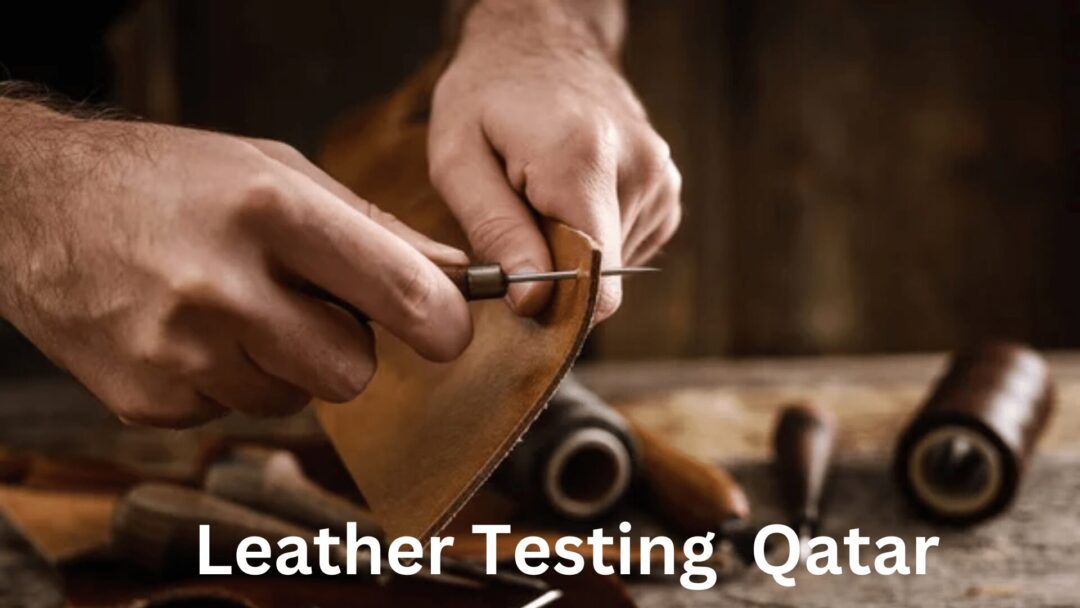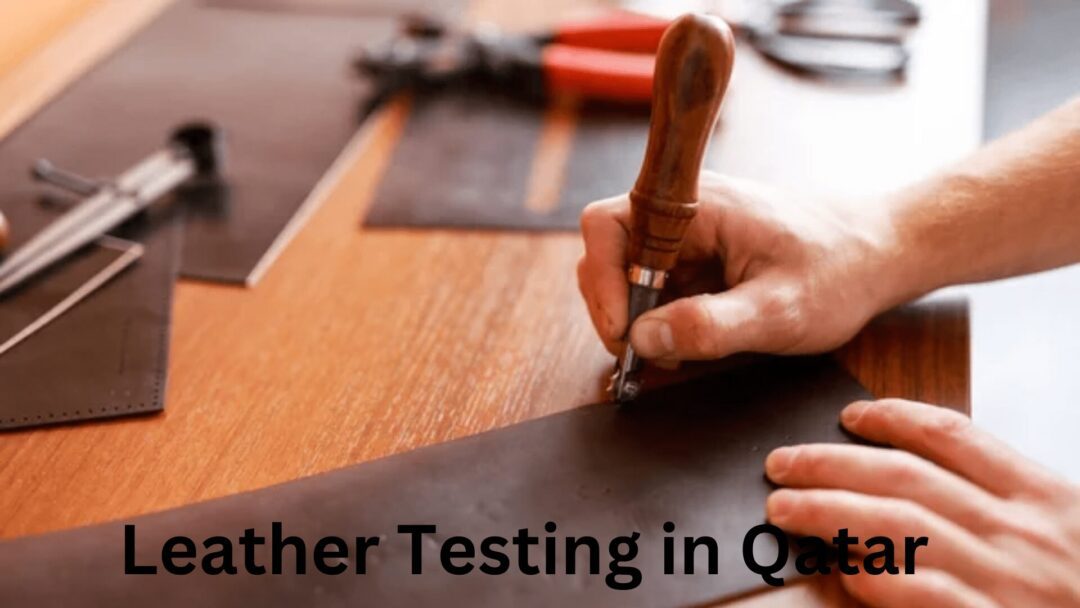Leather is an extremely versatile material used in various industries such as fashion, automotive, aviation and furniture manufacturing. However, its quality and durability can differ significantly depending on factors like animal hide type, tanning process used and manufacturing techniques employed – this makes Leather Testing essential to ensure products meet industry standards and consumer expectations. In this Blog, we will examine what leather testing entails as a form of quality control.

What Is Leather Testing?
Leather testing refers to the process of evaluating both the physical and chemical properties of leather to evaluate its quality and performance. Testing techniques range from chemical analysis, physical testing, and migration analysis, as well as chemical and physical migration analysis tests that can reveal information about the durability, strength, colorfastness resistance as well as wear resistance of leather products.
Why Is Leather Testing Essential for Quality Control?
Leather Testing is crucial to quality control because it ensures leather products meet both industry and consumer expectations. By performing tests on potential quality issues before their products reach the market, manufacturers can identify potential issues prior to market release, potentially avoiding recall costs and potential damage to their reputation.
Leather testing can also help manufacturers determine the most efficient tanning processes and manufacturing techniques to employ when creating various types of leather products. Testing can identify optimal tanning time and temperature to produce desired softness, colour intensity and durability in particular leather items.
Additionally, leather testing can identify potential safety hazards associated with leather products, such as heavy metal content which can be harmful to humans and the environment. Migration analysis is an integral component of leather testing that evaluates any potential migration of harmful substances originating from the leather onto other materials or skin surfaces.
Leather Testing in Qatar
The Testing labs across Qatar offer leather testing as an integral service, including METS Lab. Here at METS Lab, our range of leather testing services includes physical testing, chemical analysis and migration analysis. Our experienced and qualified staff utilizes cutting-edge equipment for reliable test results.
Physical testing typically includes testing leather’s tensile strength, tear resistance, flexing endurance and colorfastness to rubbing and light. Chemical analysis typically entails determining its composition, pH level and fat content while migration analysis assesses for heavy metal content as well as any harmful substances which migrate through to other materials or skin surfaces.
Conclusion
Leather testing in Qatar is a vital element of quality control in the leather industry. By testing their leather products, manufacturers can ensure they comply with industry standards and consumer expectations regarding durability, safety, and performance. METS Lab provides comprehensive leather testing services in Qatar – such as physical testing, chemical analysis and migration analysis – while prioritizing customer support services so as to meet each client’s individual needs and ensure all their leather products have been thoroughly evaluated for quality and safety testing.






